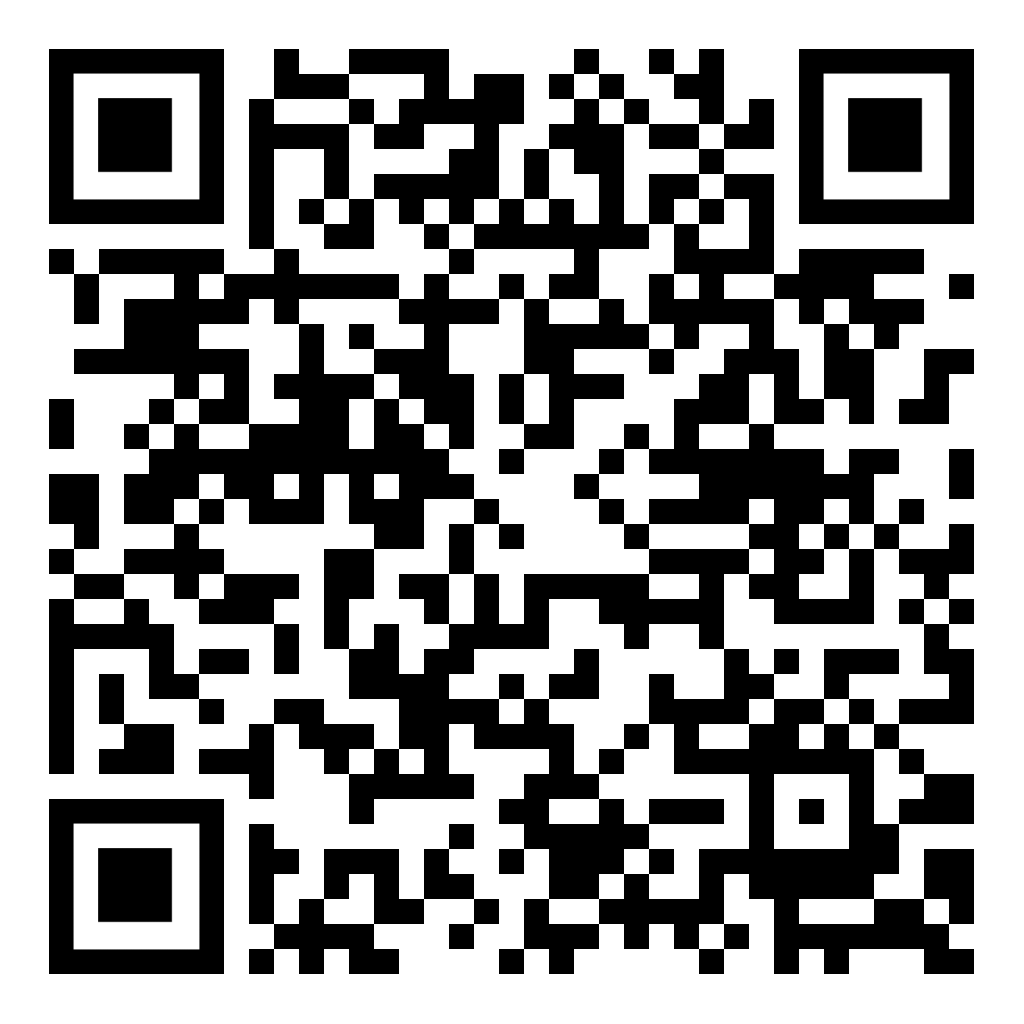Introduction
A business can be established easily, but to sustain successfully it needs various resources, i.e. finance, and human resources. Business organisations work under a framework which is called a business environment; it is an intermixture of various internal and external factors which reflect the firm's functions including staff members, management, customers, supply and demand as well as business regulations. Although a business environment presents opportunities and threats for a business; a good manager not only determines the environment but also takes actions to respond to these forces. It is essential for businesses to be aware towards ongoing change which occurs in the environment, like - customer requirements, new government policies, emerging trends technological changes etc. so as to make necessary decisions. Therefore, firms that thoroughly evaluate their environment can easily deal with these changes and gain a high competitive edge in the marketplace (Agarwal, Grassl and Pahl, 2012). The present assignment is based on Starbucks; it is one of the leading coffee house chains in the world. Apart from this, the report will describe different types of business organisations, such as - public, private and voluntary sectors. Readers will also come to know about the interrelationship between various organisational functions. Furthermore, an internal and external analysis will be conducted so as to know the strengths and weaknesses of the firm.
Task 1
P3 How organisational functions are interrelated with its goals and objectives
In this competitive era, companies tend to improve their working procedures so as to complete all tasks and activities. For this, they are trying to collaborate all departments together; it results in enhancement in the production level of the firm. It is assistive for Starbucks to accomplish goals and objectives in a certain time period. In a business organisation, there are different functional areas which are stated as under: -
- Marketing department - This department of the firm is liable for promoting and advertising products & services to the firm at the marketplace. The marketing department promotes and implements a business in its niche which relies on the products or services of the businesses (Aterido, Hallward-Driemeier and Pagés, 2011). In Starbucks, the units determine those areas in which a product can be befitted, by this firm can focus on its marketing strategy. Thus, formulating a marketing budget accordingly. In addition to this, marketing creates awareness towards products as well as also increases customers' interest in purchasing these products and services. In the context of Starbucks, the marketing manager of the company focus on attracting potential customers and grab better future opportunities from the target market.
- Human resource department - This unit of a corporate association provides labour law compliances, recruiting, selection, training, development, record keeping, and compensation and handles employee grievances as well as performance-related issues. These are the essential functions because by this any firm cannot meet the needs or desires of management and staff members. Along with this, HR managers of companies also look out for how to manage strong employee relations so as to implement a healthy and positive working environment. Another role of the person is to hire well-qualified and skilled people who have efficient abilities to complete tasks in most innovative manner. HR professionals of Starbucks timely organise training and development programmes for employees so as to improve their skills and knowledge level.

- Accounting or finance department - The growth and advancement of any business organisation highly depend upon its financial health. The financial department of the company is liable for treasury management, it encompasses all necessary things, such as - level of risk. Another role of the unit is to control the entire cost by reducing wastage and time. The finance department of the firm ensures that all funds or capital are spent as per the budget and operating needs of the firm. In some companies, there is no separate budget to cover up all deficits (Auzair, 2011). Furthermore, in Starbucks' accounting department managers have a responsibility that their customers pay their bills on time. The department also determines investment opportunities for the firm so as to achieve better market growth and success; for this, there can be used capital budgeting as well as investment appraisal techniques.
- Production and operational department - In this competitive era, it is essential for business organisations to generate new and innovative products so as to obtain maximum cutting edge. Production managers focus on generating new and innovative products so as to deliver something to society, beside this they also tend to modify existing offerings of the firms and make them able to satisfy customers' needs and wants. In Starbucks, production managers identify the availability of raw materials and machinery which is required for the completion of any task or activity. The department also ensures that health and safety needs are met in the best possible manner, it also determines product's quality control standards. Another responsibility of the operational unit is to oversee production processes and organise the repair and routine maintenance of production equipment. In multinational business associations, there is a close relationship between production management as well as strategic management. It is supportive for businesses to attain their goals and objectives in an effective manner.
- Research and development department - The department is associated with generating new and effective products which are able to satisfy customers' needs in the best possible manner. The R&D department is also concerned with getting market information so as to make necessary business decisions and grab better opportunities. However, research activities are associated with marketing activities in order to ensure that the firm is providing exact services to customers which meet their desires and expectations in the most economical way (Avramenko, 2012).
Read Also :- Business Strategy Analysis
Task 2
P4 Positive and Negative Impact of the Macro Environment
The business environment insists on macro and micro environmental factors in which the macro environment has a vast impact on the growth and viability of the firm. Below are defined major macro environments with their positive and negative impact on business organisations: -
Political and legal factors - It involves government policies, foreign influences, VAT rates and taxes.
- Positive impact - having strong relations with political parties helps a business organisation to gain a high competitive edge and increases growth opportunities as well. Flexibility in government laws also provides various opportunities to businesses.
- Negative impact - If the political condition of the nation is not so good in which a firm operates then it affects its profits and sales revenues (Burns and Winter, 2011). In the context of Starbucks, the firm has been blamed for extra hour laws and violation of wages which reflects the market image of the business in a direct and indirect manner.
Economic factors - It involve interest rates, inflation rates, foreign currency exchange rates etc.
- Positive impact - if a nation's economic condition is good, it can easily allow businesses to grow and diversify there. Now customers' interest has shifted to lower-priced alternatives and it's a great opportunity for Starbucks to improve its proficiency.
- Negative impact - Due to the economic recession, people of the UK are still not able to spend much amount on leisure activities; as a result, they prefer to eat low amounts of food rather than brands.
Social factors - It encompasses the culture of the society in which a firm lives, their values, beliefs, faith, morals, region etc.
- Positive impact - Starbucks offers low price products as mentioned earlier; it is focusing on making necessary innovations without sacrificing quality. It improves the customer base for the firm (Chow et al., 2011).
- Negative impact - In the present scenario, the needs and wants of people are rapidly changing. Now people prefer to consume low-calorie food items. Thus, they usually ignore visiting Starbucks; this can have an adverse impact on the annual profits of the firm.

Get an Extra 5% OFF On Your Order in Our App

Scan the QR code with your mobile to unlock an exclusive offer!
Download App Now Scan me
Scan meTechnological factors - In the modern era, different tools and techniques of production have been introduced which will also support in reducing operational costs. Now technology has transferred to coffee framers it helps in generating more coffee beans which is beneficial for companies like - Starbucks.
- Positive impact - The firm provides wi-fi facilities to customers who visit its outlets; as they can access the web and complete their work while enjoying coffee. In addition, Starbucks also gives facility of mobile payments to people it reducing the need of cash (Commander and Svejnar, 2011).
- Negative impact - Due to technological advancements, different cyber crimes and web attacks occur; it increases different issues and problems while dealing in international market. Apart from this, the threat of the rising availability of coffee-making machines at home reduces the need to go to other places to drink coffee only. Due to innovations, people can easily find various ways of making at home rather than going to outlets.
Task 3
P5 Conduct internal and external analysis
Internal and external analysis of a company can be done through SWOT analysis; it involves strengths, weaknesses, opportunities and threats.
|
STRENGTH |
· WEAKNESSES |
|
Due to its global market presence, Starbucks is known as the largest dealer of coffee by having the highest market share as well as efficient brand value. Its firm focuses on providing quality and value-added coffee by providing an exceptional service experience; it delivers maximum brand equity in comparison with other rivals (Cronan et al., 2011). The firm is getting higher profitability by raising the number of customers and far surpasses any of its competition in respect of revenues and entire performance. Starbucks has an effective and talented workforce, that is liable for providing value-added services to customers. When people enter its outlets, employees give a warm welcome to them. This is the main reason behind the huge client base because people feel respected at there. The expanded food offerings provide a way to Starbucks which makes it an attractive place to do breakfast, snacks and lunch. |
Due to the higher prices of some products, people prefer to go to other coffee retailers and then start comparing between quality of products. The brand has no real diversity in its outlets all over the world there is no recognition of local cultural taste (Dahan and et. al., 2010.). Starbucks is still dependent on customers' love of coffee as it does not focus on making other products; as it result firm cannot gain a high competitive edge. |
|
OPPORTUNITIES |
THREATS |
|
Strategic partnerships and strategic alliances in emerging markets; help Starbucks to introduce its products over the world. Starbucks has further opportunity to expand its market in the food and beverage sector, including cross-selling of its retail items, i.e. sandwiches and ice creams (Fernando, 2011). The coffee chain is trying to expand its supplier network; so as to get vast availability of raw materials, i.e. coffee beans; it results in reduced supplier involvement. |
Saturation in coffee market forced Starbucks to shut down its stores at several locations. The threat of activist stakeholders results in a decreasing the market image of the firm as well as its goodwill. (Gebauer, Paiola and Edvardsson, 2010) In addition, the profitability of the firm can also threatened by economic recessions and credit crunches; customers have lower disposable income and they cannot buy coffee and other products. |
Influence on the decision-making process of Starbucks -
Starbucks is one of the leading coffee chain suppliers over the world and the quality of its products and services is excellent. As above defined, the main strength of the company is having a global market presence which helps to generate several market opportunities for it. Starbucks has a large number of skilled and qualified workforce which help it to produce new and innovative products. By this, the brand will enter into emerging markets and gain a high competitive edge. In order to overcome weaknesses and future threats, Starbucks has developed various strategies and policies thus to effectively perform in the market. By considering SWOT analysis, managers will get to know complete about their core competencies and make necessary modifications as per the market trends. Due to the flexible political system of the UK, companies are enable to explore their business areas in other countries without paying high taxes. All this will aid in improving the decision-making process of the company and help it increase sales revenues and profitability.
Read Also :- Evaluating Growth Opportunities and Methods of Funding For Business
Task 4
P6 How Strengths and Weaknesses Are Related to Macro-environmental Factors
In this over-dynamic environment, various macro-environmental factors like - political, economic, social, technological etc. have a great impact on strengths and weaknesses of the firm. It is fundamental for management to identify the future impact of all these components so as to make necessary business decisions and grab better future opportunities.
Political factors - These factors refer to the political condition of a nation as well as its laws and regulations. The political condition of Starbucks is not as good as it should be. The firm is being blamed for the violation of wage and hour laws.
- Strength - Starbucks has great political relations then it can easily survive for a long-term period in the target market. Due to the lack of government interference in other countries, managers can easily expand their business in international markets as well.
- Weaknesses - As Starbucks has expanded itself over the world, thus it may be quite difficult for the company to follow the laws and regulatory policies of various nations. This may affect the company's sales revenues and profitability.
Economic factors - These aspects encompass exchange rates, inflation rates, employment conditions, poverty and so on. As Starbucks Imports coffee from various countries, they really have to be aware of changing import laws which could hinder the importing.
- Strength - Due to globalisation, most countries allow foreign direct investments, which helps in improving the financial conditions of the company and increases employment opportunities for people. In past years, the economic condition of the UK has improved and there is also raised GDP rate of the nation.
- Weaknesses - The economic recession in 2008 has become one of the major weaknesses for firms operating in the UK; because due to the lower disposable income of people, they cannot spend higher amounts on luxurious activities. Credit crunches also forced businesses to shut down; it raised up the situation of unemployment and poverty.
Social factors - According to this, firms should produce product values, beliefs, morals, interest levels, tastes and preferences of customers, thus gaining a high competitive edge.
- Strength - Starbucks targeted demographical segmentation. The firm provides a wide range of products preferred by 11 to 50 years of people. Its coffee is loved by youngsters and considered at the top when individuals think about coffee.
- Weaknesses - individuals' needs and wants are changing very fast in different regions, thus sometimes it gets difficult for companies like Starbucks to meet clients' expectations who live in diverse areas (Hamilton and Webster, 2015). In order to overcome these weaknesses, the firm is required to conduct a market study to learn more information about the market.
Technological factors- In this, modern era, technology has facilitated the working activities and organisational structure of companies by reducing their production time and wastage.
- Strength - Due to innovation and technological upliftment, multinational firms tend to acquire new and innovative tools of production; it results in improving the performance level of the firm and they can easily grab better market opportunities and increase market share as well.
- Weaknesses - Technology is changing at a fast pace and requires effective skills to use. Thus hiring and training technical specialists and executing effective plant & machinery at the workplace; all require high costs or expenses which may not be afforded by all companies.
Conclusion
From the above-mentioned report, it is analysed that the business environment plays a crucial role in the growth and success of every organisation as it reflects its functions and working activities in a direct and indirect manner. The report has stated various types of business organisations, such as - the public, private and voluntary sectors all of which have their own missions and visions. Along with this, the Crown Prosecution Service is a public sector organisation, whereas Starbucks is a private sector and the British Heart Foundation is taken as a voluntary sector organisation. There are different organisational functions, such as - finance, human resources, operation and production, research and development etc. SWOT analysis is helpful for a firm to determine its strengths, weaknesses, opportunities and threats in order to make imperative business decisions.
Get our professional assignment writing service from the experts!
References
- Agarwal, R., Grassl, W. and Pahl, J., 2012. Meta-SWOT: introducing a new strategic planning tool. Journal of Business Strategy. 33(2). pp.12-21.
- Aterido, R., Hallward-Driemeier, M. and Pagés, C., 2011. Big constraints to small firms' growth? Business environment and employment growth across firms. Economic Development and Cultural Change. 59(3). pp.609-647.
- Auzair, S., 2011. The effect of business strategy and external environment on management control systems: a study of Malaysian hotels. International Journal of Business and Social Science. 2(13).
- Avramenko, A., 2012. Enhancing students' employability through business simulation. Education+ Training. 54(5). pp.355-367.
- Burns, C. and Winter, S., 2011. Introduction. Australian Farm Business Management Journal. 8(2). p.iv.
- Chow, A. T. and et. al., 2011. Broadband network with enterprise wireless communication system for residential and business environments. U.S. Patent 7.944,948.
- Commander, S. and Svejnar, J., 2011. Business environment, exports, ownership, and firm performance. The Review of Economics and Statistics. 93(1). pp.309-337.
- Cronan, T. P. and et. al., 2011. Decision making in an integrated business process context: Learning using an ERP simulation game. Decision Sciences Journal of Innovative Education. 9(2). pp.227-234.
- Dahan, N. M. and et.al., 2010. Corporate-NGO collaboration: Co-creating new business models for developing markets. Long-range planning. 43(2). pp.326-342.
- Fernando, A.C., 2011. Business environment. Pearson Education India.
- Gebauer, H., Paiola, M. and Edvardsson, B., 2010. Service business development in small and medium capital goods manufacturing companies. Managing Service Quality: An International Journal. 20(2). pp.123-139.
- Halbert, T. and Ingulli, E., 2011.Law and ethics in the business environment. Cengage Learning.'
- Hamilton, L. and Webster, P., 2015.The international business environment. Oxford University Press, USA.
- López-Gamero, M.D., Molina-Azorín, J.F. and Claver-Cortés, E., 2011. Environmental uncertainty and environmental management perception: A multiple case study. Journal of Business Research. 64(4). pp.427-435.
- Mahmood, R. and Hanafi, N., 2013. Entrepreneurial orientation and business performance of women-owned small and medium enterprises in Malaysia: competitive advantage as a mediator. International Journal of Business and Social Science. 4(1).
- Siewiorek, A. and et. al., 2012. Learning leadership skills in a simulated business environment. Computers & Education. 58(1). pp.121-135.
- Teece, D. J., 2010. Business models, business strategy and innovation. Long-range planning. 43(2). pp.172-194.
- Ullah, A. and Lai, R., 2011. Modeling business goals for business/IT alignment using requirements engineering. Journal of Computer Information Systems. 51(3). pp.21-28.



 Company
Company

















